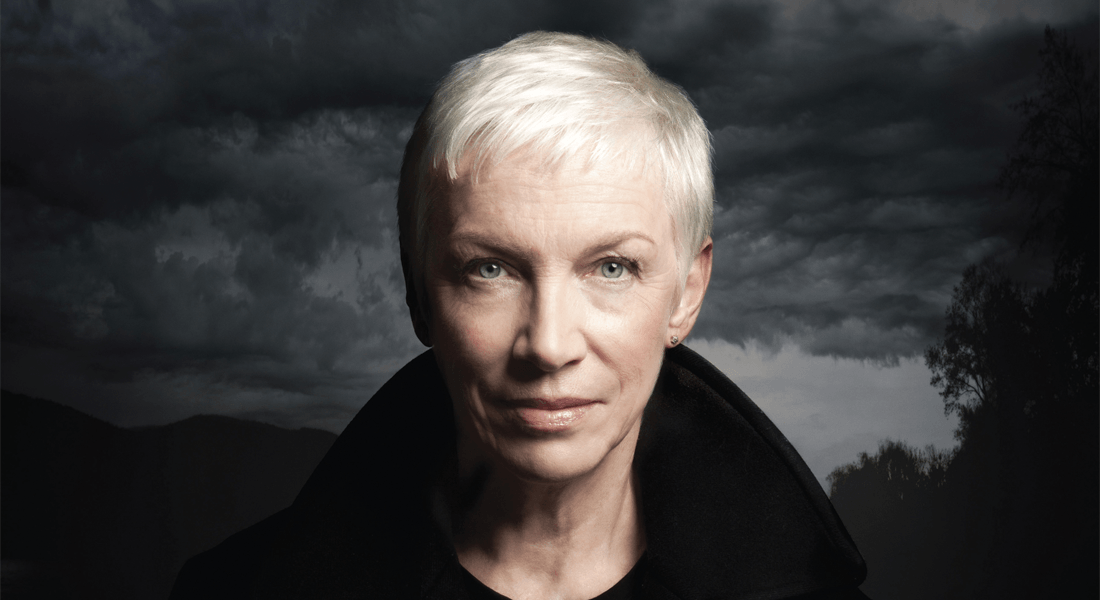From The Tourist to the Olympics, via nine albums with Eurythmics that define the shape of pop music for more than a decade, Annie Lennox is a true Godmother of Pop…
 You’ve achieved a unique balance where your charity projects and music have equal profiles. Does one side inspire the other at all?
You’ve achieved a unique balance where your charity projects and music have equal profiles. Does one side inspire the other at all?
I’m not thrilled with the word “charity”, as it has the connotation of “poor” folk waiting for a handout. I’m more interested in “activism” and finding ways to inspire people to become more engaged with the issues that affect us all. My life’s been on an evolutionary journey ever since I can remember, and I feel I’ve been becoming closer to my true potential after all these years.
We profiled the photographer Peter Ashworth (Pop Art, issue two), who shot the cover for Touch. What do you remember of the session?
Peter Ashworth has a unique eye and sensibility. In the early Eighties, he was very much an up-and-coming photographer with a sophisticated edge and style. He was absolutely obsessed with the use of light and shadow, and the nuances of composition, and was driven to push his own skills and boundaries. Personally, I think the Touch cover is iconic. It perfectly encapsulates everything about Eurythmics.
We were blown away by your Olympics performance. How did Little Bird win out over your other songs, to be the one performed?
Thank you very much! I was almost completely blown away by the sheer scale of it. Kim Gavin [the show’s producer] approached me to ask which song I’d like to perform, and we all felt that Little Bird would work perfectly.
What are your memories of the event – pride, terror or a combination of the two?
I’ve spent so many years struggling with stage fright that I’m now at a place where I have to say, “Do it or be damned!” Once you’ve signed up to be a performer, you have to create some kind of imperviousness, otherwise there’s no point in putting yourself through the misery. It was an incredible feeling to be inside the helm of the ship as we prepared to launch into the stadium. I felt as tiny as an ant, or a tiny lamb heading into the slaughter! But you just have to go for it, and hope that you don’t trip up and fall over the big dress.
We’ve put together a guide to Eurythmics’ canon for issue 4 (The Lowdown, page 70). Which album from that chapter of your career are you most proud of?
I never listen to Eurythmics albums. Once you’ve recorded something, it’s sort of “cooked”, so to speak. As a singer, you come face-to-face with your songs every time you perform, so you sort of relive them in a way. I like to reinterpret them to keep them interesting and fresh. Why don’t you let the readers decide which of our albums they like best?
That’s a great idea – we will. In the meantime, is there an album you’d say is an overlooked gem? And is there one you’d like to go back and revisit, tinker with or finish off?
I think Savage and 1984 – For The Love Of Big Brother are both small treasures. But that’s just my opinion! Sometimes, I think I’d like to try re-recording songs but, in general, I think they’re probably best left as they came. I’m perfectly happy to “let go” once I’ve taken that decision. You have to learn when to do that, otherwise you’ll nitpick till eternity. There’s a life lesson in there somewhere!
Classic Pop may earn commission from the links on this page, but we only feature products we think you will enjoy.


